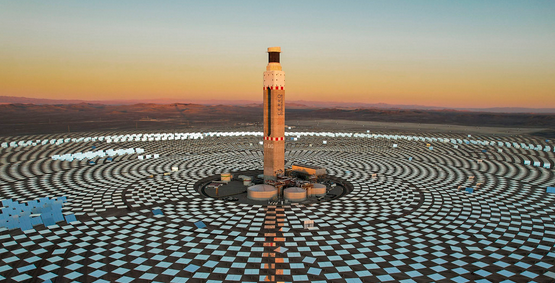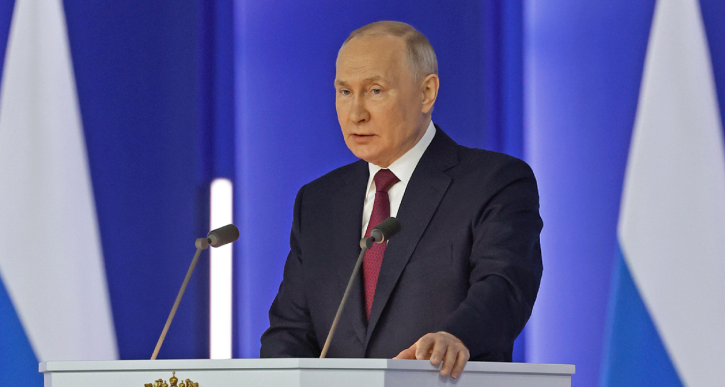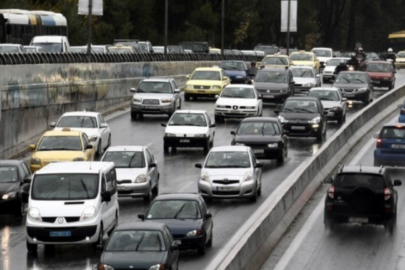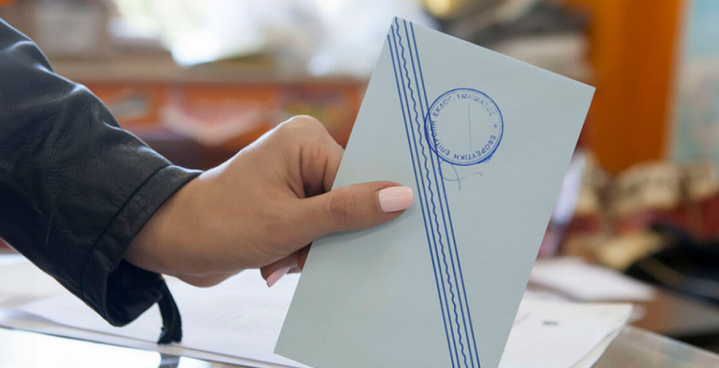Solar panels in sun-rich North Africa generate up to three times more energy than in Europe. And North Africa has a lot more room for them than densely populated Europe. Result: Europe’s drive to end its reliance on Russian natural gas supplies, triggered by the Ukraine conflict, is resulting in a rush to install giant solar energy farms and lay underwater cables to tap into North Africa’s abundant renewable energy.
But there are growing concerns about the environmental impacts in Africa of Europe’s outsourcing of its energy needs. Desert ecosystems will be decimated. Livestock pastures that have been grazed by nomadic tribes for millennia will be commandeered. And analysts fear that this will all happen with minimal community consultation or ecological assessment.
Solar and wind farms are already proliferating south of the Mediterranean. Morocco’s Noor and Egypt’s Benban solar farms are among the largest in the world. Their initial aim has been to boost domestic power supplies and reduce reliance on coal. But now these facilities are increasingly being lined up to supply green energy to industrial neighbors to the north, through new intercontinental submarine cables, or to locally manufacture “green” hydrogen for shipping to Europe, where demand is growing fast for low-carbon industrial fuels.
Concrete built the modern world wow it’s destroying it
Morocco, the North African country furthest advanced on this road, is already exporting solar power to Europe via two existing power links with Spain. Last year it signed a new deal with the European Union to expand power exports. Egypt, host of the most recent UN climate conference (COP27) is considering three proposals for cables to link to Greece. Another planned submarine cable that would link new solar farms in the desert of southern Tunisia to Italy’s electricity grid has funding promised from the European Union (EU) and World Bank.
Read more: e360.yale.edu



































